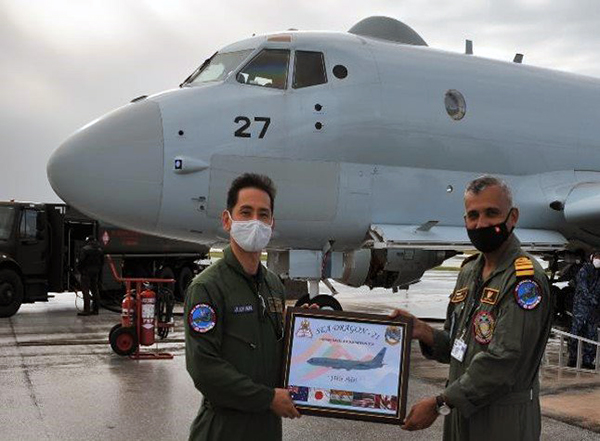
India and its partners in the Quadrilateral Security Dialogue or Quad along with Canada and South Korea are participating in the multinational exercise Sea Dragon at Guam in the Western Pacific.
Sea Dragon is a US-led multi-national exercise designed to practice and discuss Anti-submarine warfare tactics to operate together in response to traditional and non-traditional maritime security challenges in the Indo-Pacific region.
The exercise, primarily focused on anti-submarine warfare (ASW) training, will involve more than 270 hours of in-flight training and activities ranging from tracking simulated targets to tracking a US Navy submarine. Each event will be graded and the country scoring the highest points will receive the Dragon Belt award.
The wargame, being held at Andersen Air Force Base in Guam, includes contingents from the Indian Navy, the US Navy, Royal Australian Air Force, Royal Canadian Air Force, Japan’s Maritime Self-Defense Force and the South Korean Navy.
Two P-8A Poseidon maritime patrol aircraft of the US Navy are participating in the drill. During classroom training sessions, pilots and flight officers from all the countries will build plans and discuss tactics incorporating the capabilities and equipment of their nations, the US Pacific Fleet said in a statement.
“As [officer-in-charge], I am eager for the opportunity to further develop our partnerships with Australia, Canada, India, Japan, and Korea while at Sea Dragon 2022,” said Lt Cmdr Braz Kennedy, officer-in-charge of the US detachment from Patrol Squadron 47.
The Royal Canadian Air Force won the Dragon Belt at last year’s exercise and is defending the title at Sea Dragon 2022.
“This exercise is an annual, multi-national high-end ASW training exercise,” said Cmdr Tomoyuki Michiyama, commanding officer of Flight Division 31 of Air Patrol Squadron 3 of Japan’s Maritime Self-Defense Force.
“I believe that by conducting a wide range of training, from classroom training on the ground to actual training targeting a submarine, we will be able to improve our tactical skills. In addition, through training, exchange of opinions, and various types of exchanges, we expect to strengthen cooperation and deepen mutual understanding among the participating navies and air forces.”
The P-8A Poseidon maritime patrol aircraft will conduct maritime patrols and reconnaissance and theatre outreach operations within the US Pacific Fleet area of operations.

















